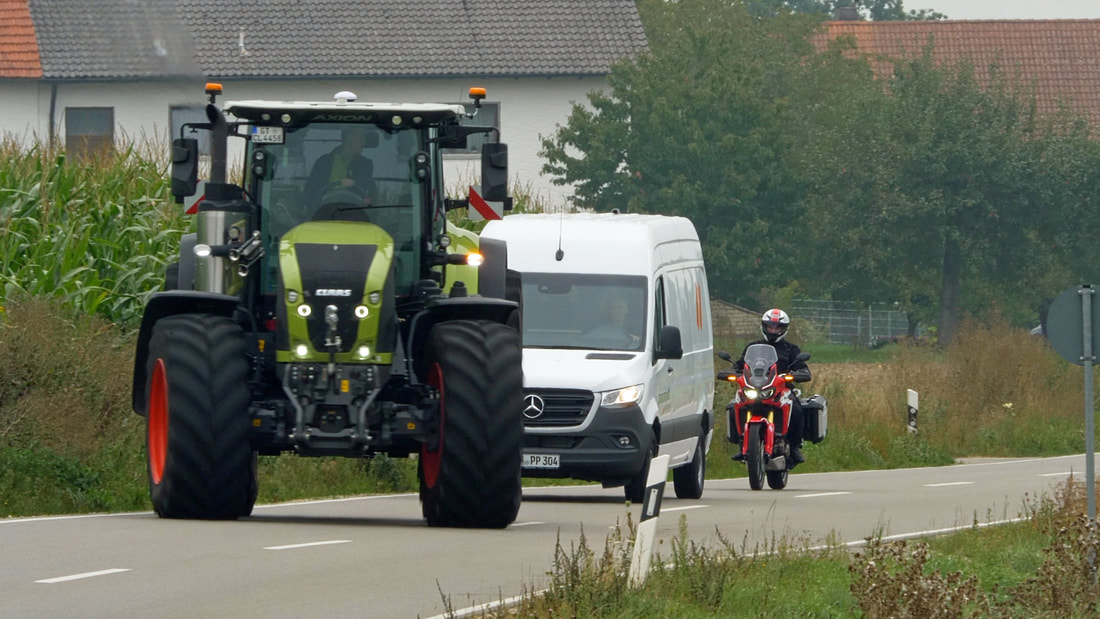|
CMC work shared by increasing number of members Several companies, universities and associations have decided to continue contribution to CMC ‘Next’. Ducati is now the seventh motorcycle manufacturer to support the consortium as Regular Member. Also academia and associations confirmed their continuous membership, such as ACEM, FIM, IKA University Aachen, Technische Hochschule Ingolstadt, Würzburg Institute for Traffic Sciences GmbH and VUFO GmbH. New: Computer simulation of motorcycle accidents The first work projects for 2021 have been started. VUFO GmbH is currently scrutinizing the most frequent accident scenarios. Intersection collisions are the predominant scenario, where usually the car driver does not see or perceive the oncoming motorcycle. So these key scenarios are investigated more deeply now. The GIDAS database provides the basis for the study. Among the databases on accidents that are available worldwide, this German database is one of the most detailed ones available. Not only does it include the basic items like the scenario, impact, speed, etcetera, but there are also descriptions to understand the situation, which are acquired through interviews. "As basis for our application definitions this is very useful.” says Masaru Mamiya (Suzuki), Leader of the Accidentology Expert Team. “Of course, we know this is based on German accidents only and we will have to check differences with other countries or regions too.” These detailed reconstructed accidents are analysed with a special software to better understand their dynamic, trajectory, speed, etc. in detail. With this methodology we could generate use cases for a testing environment. In a later step it is planned to make different variations to answer several important questions. For example: what would have happened if participants braked earlier? Can we compare different trajectories of the same accident? The purpose of this is to find common denominators in these different scenarios and simulation that can help our technical teams to consider possible solutions. These solutions may include the sender (motorcycle) side, for example by means of improved positioning accuracy or path prediction; and also the receiver (usually car) side, for example by improved warning strategies. Difference between car and motorcycle scenarios
“We need to understand in detail what is going on during collisions. Speeds, trajectories, vehicle movements and so on, will help us to define better requirements for safety applications”, says Yasuhiro Okada (Honda), Leader of the Applications Requirement Expert Team. CMC is often asked where the ‘technical’ difference lies between accidents where motorcycles are involved compared to accidents between cars only. Therefore particular attention is paid to the difference of motorcycle collisions compared to car-only collisions. For example, it may happen that the impact speed at accidents between cars and motorcycles is relatively high because the car driver had not seen the motorcycle and did not apply any braking at all. In that case, an application based on car-only accident studies may have less-than-ideal parameters to address accidents with motorcycles involved. CMC expects the first results of the computer analysis by the middle of this year. Then our expert teams will follow up with their work on technical solutions in order to improve applications that may help to avoid accidents. |
Archives
May 2024
|
COPYRIGHT 2024 Connected Motorcycle ConsortiumContact Us |
|


 RSS Feed
RSS Feed